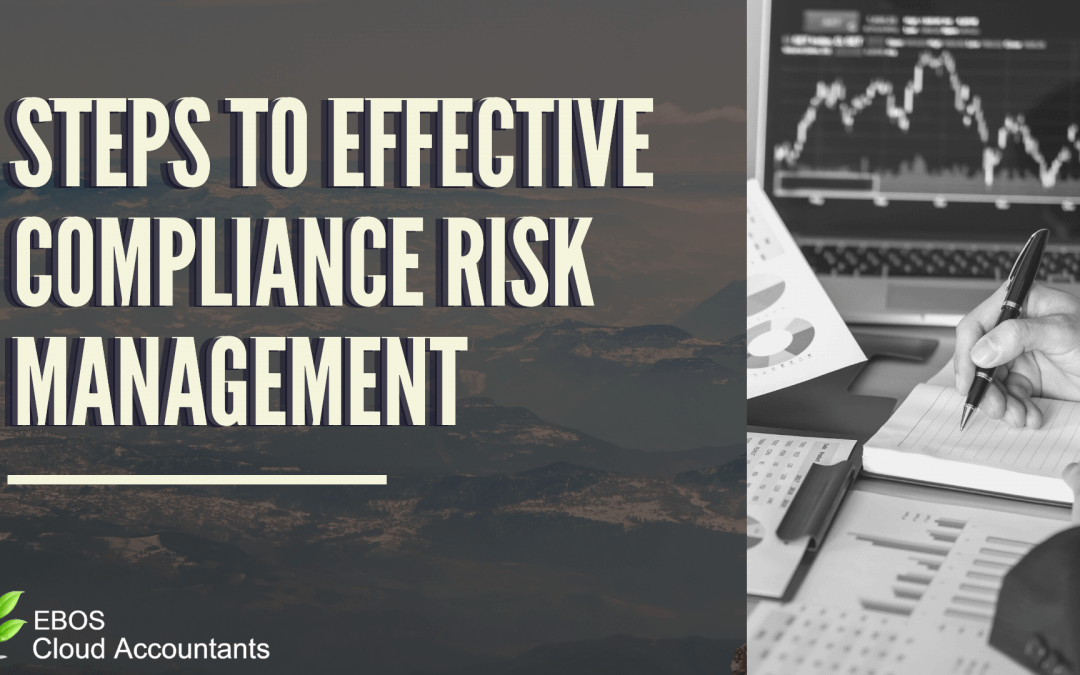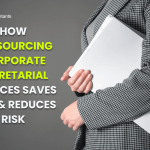How to Comply with Risk Management Requirements
Compliance risk management is one of the essential areas of business. It involves identifying, assessing, monitoring, and controlling risks to prevent non-compliance with laws and regulations.
Companies that manage compliance risk effectively will have a lower risk of fines, penalties, and other adverse consequences.
In this blog post, we’ll look at steps you can take to ensure your company manages compliance risk effectively.
Define the Risks
Risk management is a tool that can help you identify, analyze and manage a business, legal, financial and regulatory risks. It’s important because it can help you avoid future losses and ensure that your company has the resources it needs to operate successfully.
The best way to identify your risk is by brainstorming all the possible ways in which things could go wrong with your business. This is called risk assessment, and it involves researching past events, looking at industry trends and regulations, and talking to employees and customers.
Risk assessment helps identify potential threats—risks that could affect your business if they occur—so that you know where to focus your attention later on when implementing a plan for managing those risks.
Find Out Where the Risks Are Coming From and Why They’re There
When considering risk, it’s tempting to look at your organization as a whole. But to effectively manage compliance risks, you have to zoom in and look at each employee and department. That’s because a lot of the time, it’s not so much that people aren’t following the rules; it’s that they don’t know what the rules are or why they exist.
In order to ensure that all employees—including new hires—understand their responsibilities, companies must provide training materials that are clear and concise about how they should communicate with one another within the company, and what their responsibilities are when handling confidential information.
That way, everyone will know what they need to do to comply with company policy—and if they’re not sure how something works, they’ll have someone who can help them figure it out!
Assess How Much the Risk Affects Your Organization and Its Ability to Do Business
To effectively manage compliance risk, you need to know two things: how much the risk affects your organization and its ability to do business, and whether or not any other risks could be more serious.
First, consider what kind of risk this is. What could happen if you don’t comply? What could happen if you do comply? Next, look at your organization’s ability to deal with those outcomes. What resources would you need to be able to prevent or handle each scenario?
Then, look at your organization’s overall risk profile—what other kinds of risks does it face? Are there any other risks that could impact your business more?
After this assessment is complete, assess whether or not the current level of compliance risk is acceptable based on how much it affects your organization’s ability to do business. If it is acceptable, then no further action is needed; if not, then more steps need to be taken to mitigate that risk.
Evaluate How Much Money You’re Spending on Addressing Each Risk, as well as What Impact It Has on Your Bottom Line
Financial and reputational risks can take many forms, and their impact on a company’s bottom line may be varied. To effectively manage compliance risk, spend time categorizing risks into different types and assessing their potential impact on your business.
Once you’ve identified and assessed the various risks in your organization, you can prioritize them based on their likelihood or impact. For example: if one type of risk has an extremely high chance of affecting your bottom line if not managed well (like a data breach), then make sure that risk gets more attention than other types of risks with lesser chances of affecting profitability (like customer complaints).
Evaluate Whether or Not It’s Worth It to Continue Addressing the Risk
In compliance risk management, one of the critical steps to effective risk management is to evaluate whether or not it’s worth it to continue addressing the risk.
This is necessary because it allows you to make an informed decision about how much time and energy you want to spend on specific issues. In fact, many companies struggle with this process because they don’t know where to start when it comes to evaluating their compliance risks.
It’s important to remember that this process is ongoing; if you’re evaluating your compliance risk now, you can always come back in three months and reevaluate again. You may find that the situation has changed, and the risk isn’t as severe as previously thought—or maybe even gone entirely!
Conclusion
The process of ensuring compliance risk management is an ongoing one. The first step is to identify your organization’s risk tolerance level, determine which risks must be mitigated, and implement the appropriate controls and procedures.
Once you’ve completed these steps, it’s essential to review your compliance strategy and make any necessary adjustments regularly. DevSecOp is all well and good, but if your data isn’t safe, you’re in trouble.
Your organization will never be fully protected from all potential risks—but by incorporating effective compliance risk management strategies like ERP implementation into your operations, you’ll be able to mitigate those that could cause significant damage to your company. If you’re interested in keeping your business more secure, check out some of our blogs now.
– Article written by Regi Publico Blogging








